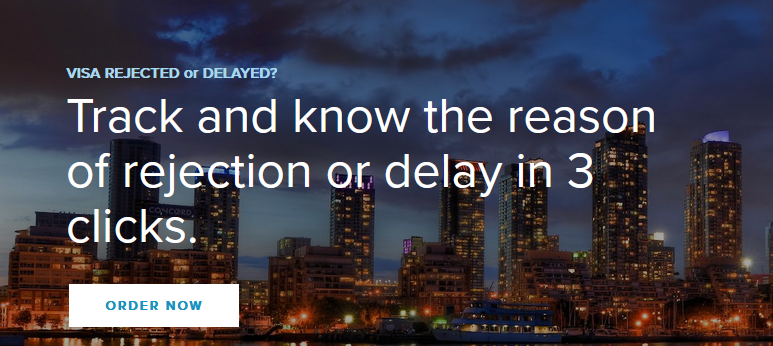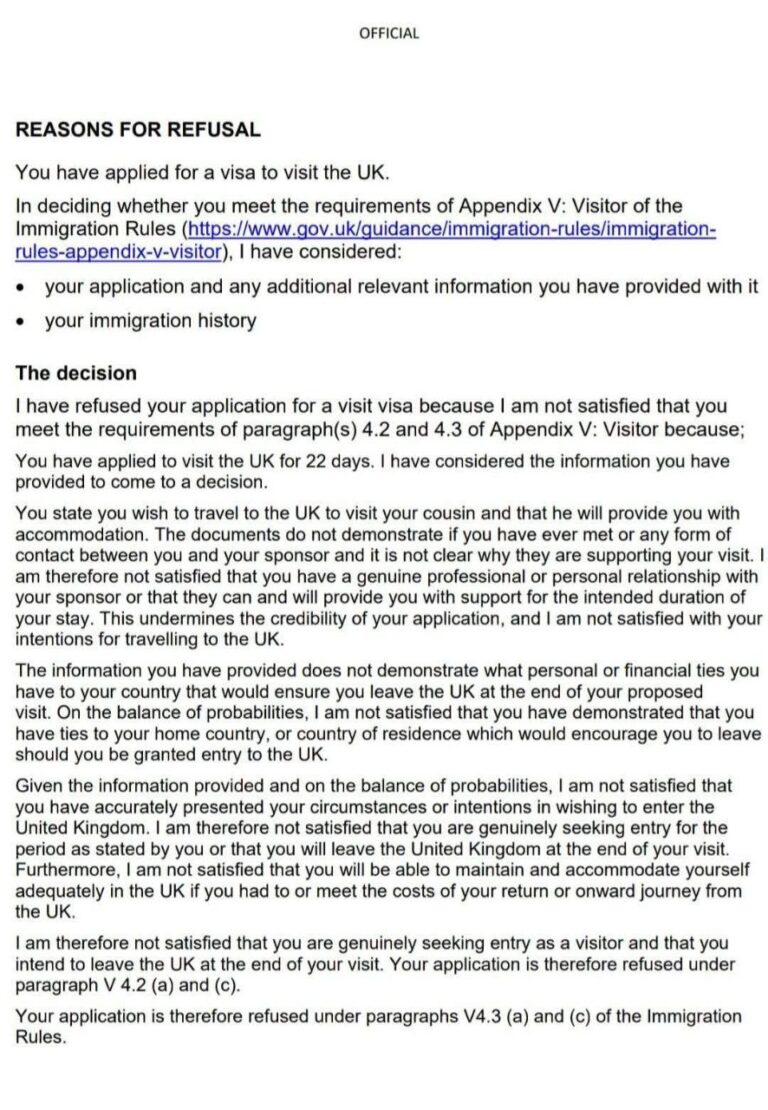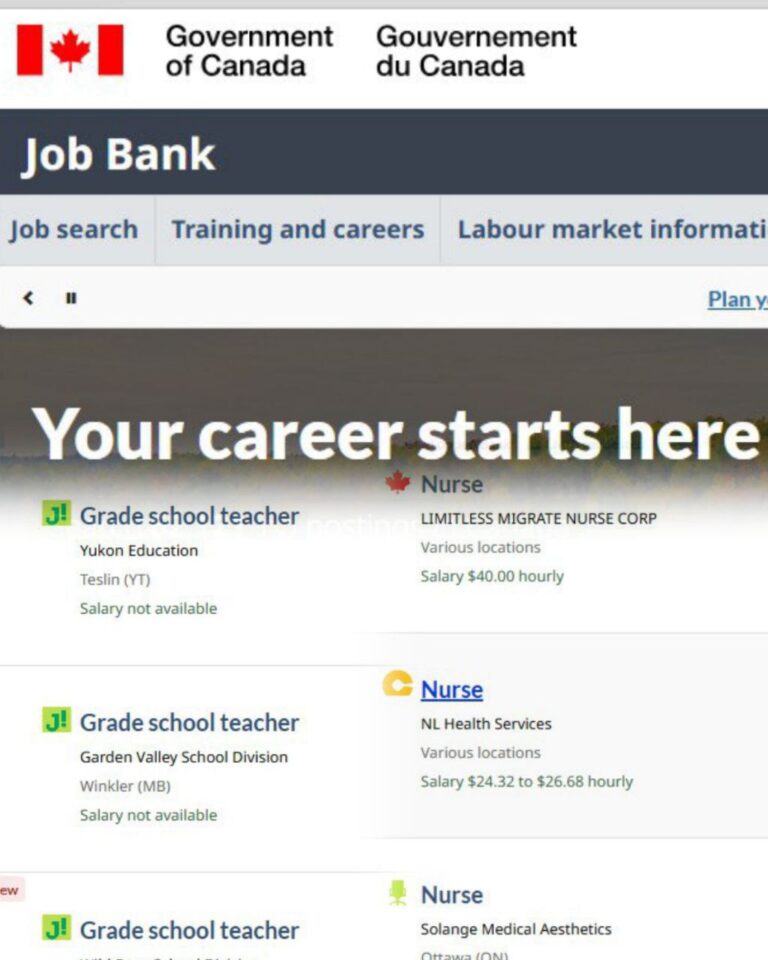
If Your Canadian Visa Is Rejected: How to Understand What Happened and What You Can Do Next
What happened to you?
Receiving a Canadian visa rejection can feel like a major setback, especially if you’ve invested time, money, and hopes into your application.
But it’s not the end of the road. Immigration, Refugees and Citizenship Canada (IRCC) processes millions of applications each year, and refusals are common—over 400,000 in recent years alone.
The good news? Many applicants successfully reapply after addressing the issues.
In this guide, we’ll break down how to decode your refusal letter, common reasons for rejection, and actionable steps to improve your chances.
This is based on official IRCC guidance and expert insights to help you navigate the process confidently.
Step 1: Understand What Happened – Decoding Your Refusal Letter
Follow us on WhatsApp for more updates: https://whatsapp.com/channel/0029VaCyYGIFHWpx22L38a2K
Seekers Consult
Contact Us for Your Study Abroad Journey
We search for schools and check available scholarships for you
Contact: 0550414552 / 0362297079

Loan for government workers
Turnitin checker (Plagiarism and AI checker)
Transcript Application
English Proficiency
Recommendation letter
Project work/thesis for undergraduate, master’s, and PhD students.
Apply for Affidavit, Gazette instantly
Passport and Visa Applications
All other Internet Services
When IRCC rejects your visa (whether it’s a visitor visa, study permit, work permit, or something else), they’ll send you a refusal letter via email or your online IRCC account.
This letter is your starting point—it’s legally required to explain the decision under Canada’s Immigration and Refugee Protection Act (IRPA).
- What the letter includes:
- A brief explanation of the refusal reason, often referencing specific sections of IRPA or Immigration and Refugee Protection Regulations (IRPR).
- Key concerns, like “insufficient ties to your home country” or “incomplete documentation.”
- Links to official resources for more details on requirements.
- If it’s vague: Since July 29, 2025, IRCC now includes officer decision notes with refusal letters for many temporary visas (like visitor visas, excluding eTAs). These notes give deeper insight into the visa officer’s thinking. If you applied before this date or via the older portal, you might need to request more details.
- How to get more info:
- Log into your IRCC account to download the letter.
- Request GCMS notes (Global Case Management System) via an Access to Information and Privacy (ATIP) request on the Government of Canada’s ATIP Online Request page. This costs about CAD $5 and takes 30-60 days but reveals the officer’s full rationale.
-
- Use IRCC’s Web form to ask questions if something’s unclear (no application number? Use placeholders like 0000000).
Please screenshot or save the letter immediately—it’s your roadmap.
Common Reasons for Canadian Visa Rejections
Visa officers assess if you’re a “genuine” applicant who will leave Canada after your authorized stay. Refusals often boil down to these top issues, based on IRCC data and consultant reports.
Here’s a quick overview:
| Reason | Why It Happens | How It Appears in Your Letter |
|---|---|---|
| Insufficient Ties to Home Country | Officer believes you’ll overstay (e.g., no job, family, or property back home). Most common for visitor visas. | “I am not satisfied that you will leave Canada at the end of your stay” (IRPA s. 179). |
| Incomplete or Inaccurate Documents | Missing forms, expired passports, or inconsistencies (e.g., mismatched dates). | “Application does not meet requirements under IRPR.” |
| Insufficient Funds | Can’t prove you can support yourself (e.g., no bank statements showing CAD $2,500+ for visitors). | “Inadequate financial resources.” |
| Inadmissibility | Criminal record, health issues, or security risks (e.g., past misrepresentation). | References to IRPA s. 36-41 (e.g., “inadmissible due to criminality”). |
| Purpose of Visit Unclear | Vague travel plans or mismatch with background (e.g., student visa but no relevant education). | “Purpose of visit not genuine.” |
| Poor Travel History | Previous overstays or multiple rejections elsewhere. | “History of non-compliance with immigration laws.” |
| Misrepresentation | Lying on forms (e.g., hiding a prior refusal). Leads to 5-year ban. | IRPA s. 40: “You provided false information.” |
What You Can Do Next: Your Action Plan
Don’t reapply blindly—85% of reapplications fail without changes. Here’s how to bounce back:
- Review and Reflect (1-2 Weeks):
- Cross-check your application against IRCC checklists (e.g., for visitor visas: IRCC Visitor Visa Guide).
- Gather feedback from a Regulated Canadian Immigration Consultant (RCIC) via a 20-30 minute consult (costs ~CAD $100-200).
- Address the Issues:
- Strengthen Ties: Add proof like employment letters, property deeds, or family affidavits.
- Fix Documents: Update everything—new bank statements, invitation letters, or itineraries.
- For Inadmissibility: Apply for rehabilitation if criminality is the issue (see IRCC Inadmissibility Page).
- Reapply Strategically:
- You can reapply any time unless the letter says otherwise (e.g., misrepresentation bans you for 5 years).
- Submit via the IRCC portal with a cover letter explaining changes: “Since my refusal on [date], I’ve addressed [specific issue] by [new evidence].”
- Processing times: 2-8 weeks for visitors; longer for study/work.
- Other Options:
- Reconsideration Request: Informal—send a letter via Web form addressing errors (no new evidence usually accepted). Success rate: Low (~10-20%), but free.
- Appeal: Only for permanent residence or certain sponsorships via the Immigration Appeal Division (IAD). Temporary visas have no formal appeal.
- Switch Visa Types: A visitor refusal doesn’t block PR applications (e.g., Express Entry).
Timeline Tip: Track everything in a simple spreadsheet—refusal date, notes requested, reapplication submitted.
Turning Rejection into Opportunity
A visa refusal is feedback, not failure. By dissecting your letter, fixing gaps, and reapplying stronger, many turn “no” into “yes” on the second try. Remember, IRCC wants genuine visitors—focus on authenticity. If you’re overwhelmed, consult an RCIC (find one via ICCRC directory).
What was your refusal reason? Share below (anonymously) to help others. For more immigration tips, subscribe to the blog. Safe travels—Canada’s waiting!
FOLLOW MY CHANNEL CLICK HERE
Follow us on WhatsApp for more updates: https://whatsapp.com/channel/0029VaCyYGIFHWpx22L38a2K
Seekers Consult
Contact Us for Your Study Abroad Journey
We search for schools and check available scholarships for you
Contact: 0550414552 / 0362297079

Loan for government workers
Turnitin checker (Plagiarism and AI checker)
Transcript Application
English Proficiency
Recommendation letter
Project work/thesis for undergraduate, master’s, and PhD students.
Apply for Affidavit, Gazette instantly
Passport and Visa Applications
All other Internet Services
Sources: Official IRCC guidelines and immigration expert analyses. Always check canada.ca for updates.




